The Southern Institute of Ecology has closely coordinated with the Long Song-Da Bac Protective Forest Management Board (Tuy Phong district, Binh Thuan province) to deploy field activities to install camera traps to collect data in the protective forest area.
The Southern Institute of Ecology uses camera traps, automatic photographic equipment based on thermal and infrared sensors, to record images of animals foraging on the ground in the Long Song-Da Bac protective forest.
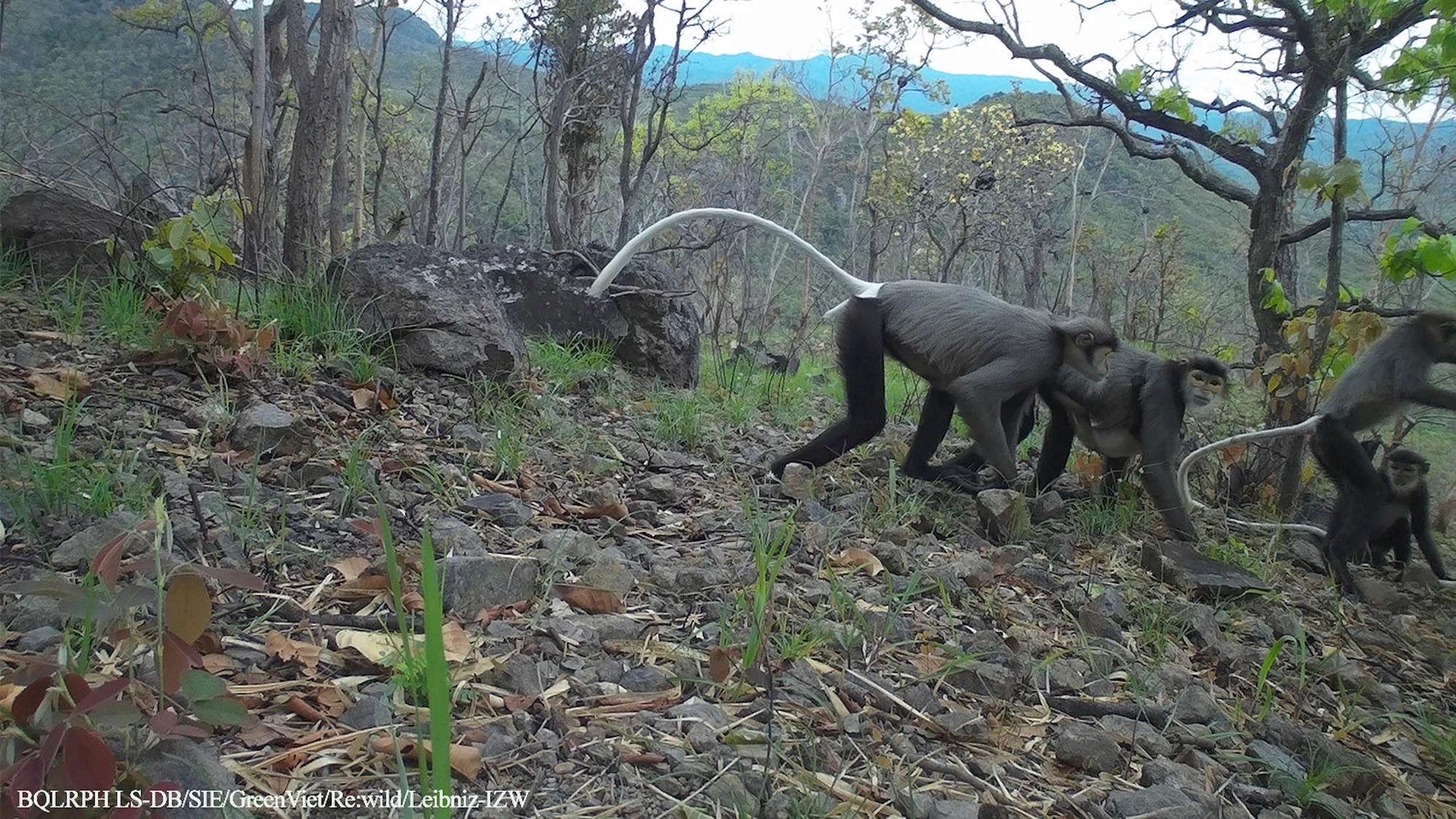
A black-shanked douc, one of the rare wild animals, was caught in the lens of a camera trap. Photo: Long Song-Da Bac Protective Forest Management Board.
To ensure representativeness, camera trap points were set up in a field grid in deciduous dipterocarp forest habitat.
The camera trap sites are approximately 500 meters apart. Each camera trap site has a camera installed.
The Southern Institute of Ecology, in close coordination with the Long Song-Da Bac Protection Forest Management Board (Tuy Phong district, Binh Thuan province), attached the camera traps to tree trunks at a height of 20 to 40 cm above the ground to maximize the ability to record the target species of the study. A total of 36 camera traps were installed.
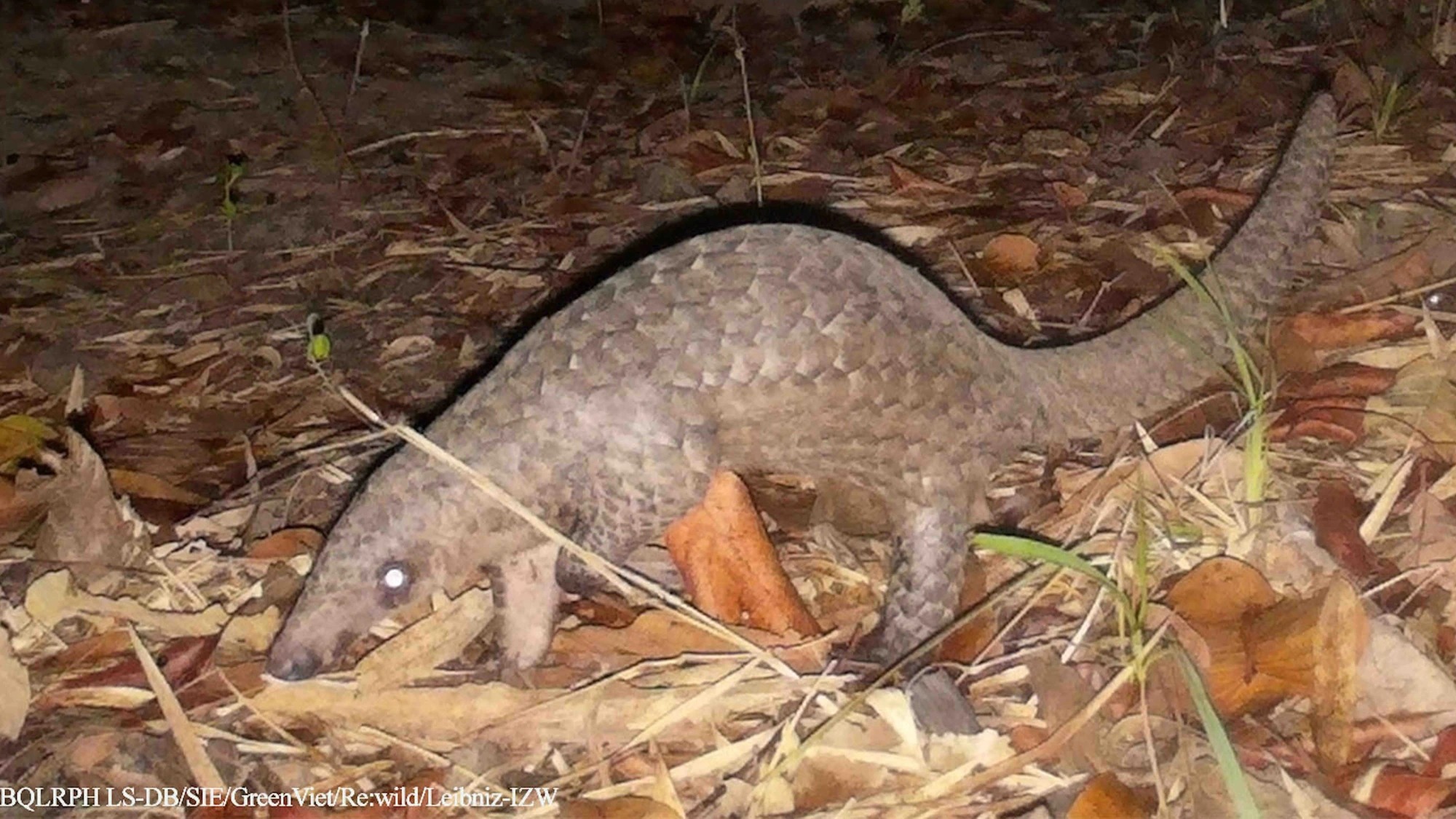
A Java pangolin. Java pangolin is one of the wild animals listed in the Red Book. Photo: Long Song-Da Bac Protective Forest Management Board.
After a period of time, data extracted from camera traps after being recovered were inventoried and identified.
Through analysis using modern statistical methods, 24 other species of birds and animals were recorded. Among them, there are endangered, precious and rare species such as: black-shanked douc langur, Java pangolin, peacock, mountain goat, pig-tailed macaque...
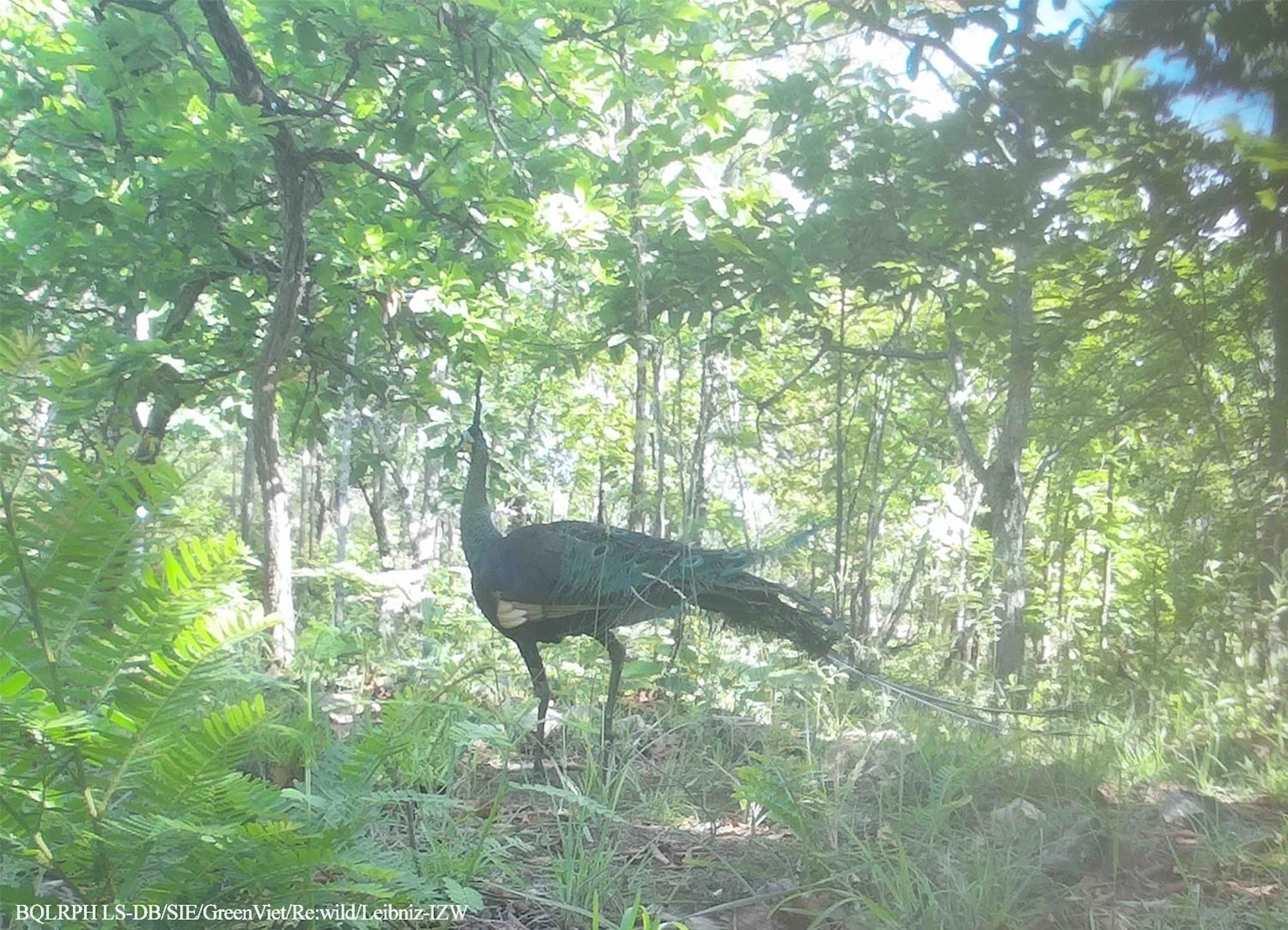
Image of a peacock. Photo: Long Song-Da Bac Protective Forest Management Board.
According to the Red Book of the World Conservation Union, there are 5 species recorded as endangered, precious, rare; critically endangered: black-shanked douc langur, Java pangolin; endangered: peacock; near-endangered: mountain goat, pig-tailed macaque.
In addition, 4 species belong to Decree 64/2019/ND-CP; 4 species belong to group IB and six species belong to group IIB of Decree 84/2019/ND-CP.
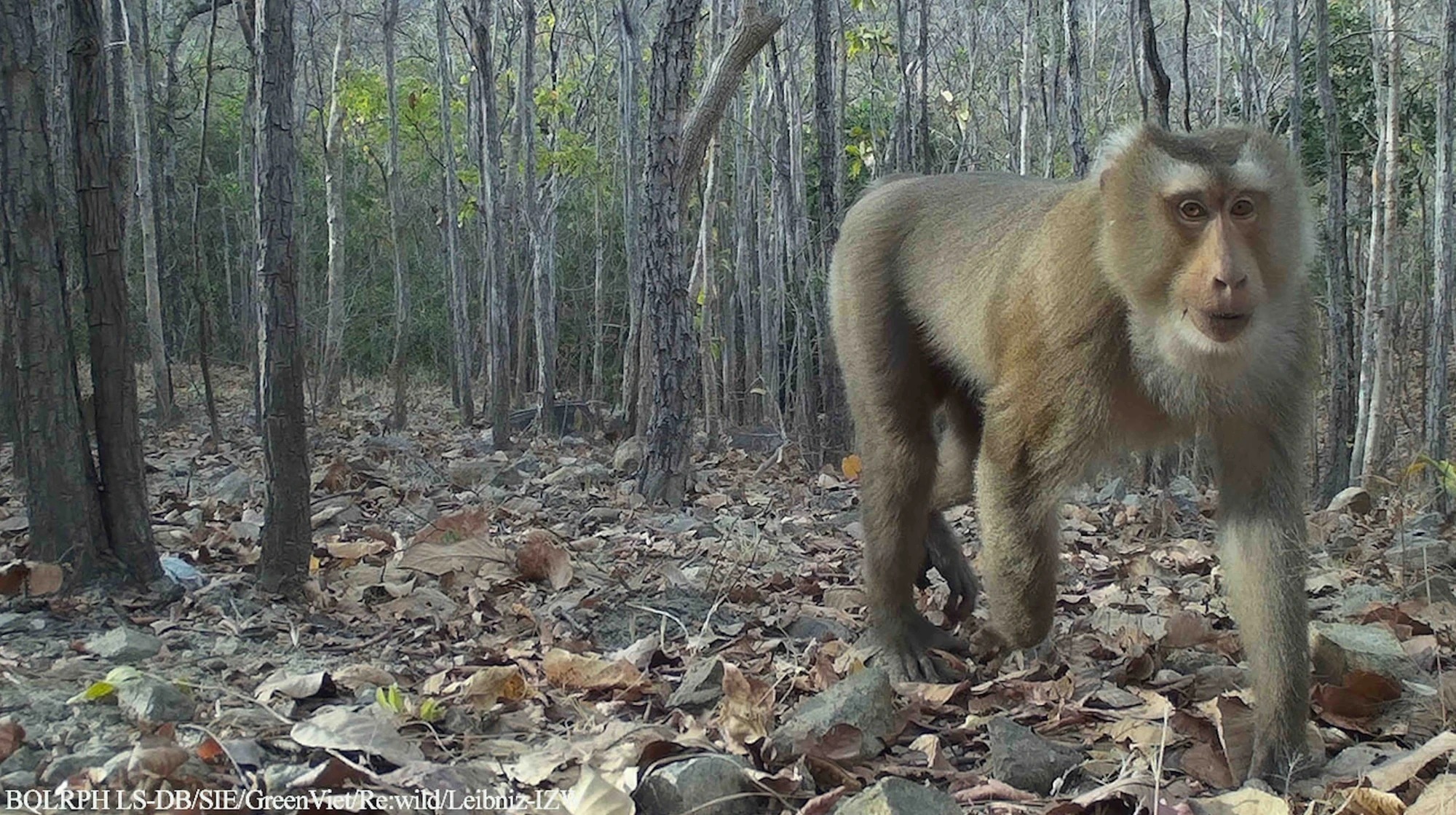
An adult pig-tailed macaque. Photo: Long Song-Da Bac Protective Forest Management Board
According to the Southern Institute of Ecology, among species of conservation value, the pig-tailed macaque is the most common species, recorded 88 times at 22 camera trap sites.
The remaining endangered, precious and rare species were recorded no more than 5 times at a maximum of 2 camera trap locations.
This shows that these species of high conservation value are not common in the survey area. The black-shanked douc is an arboreal primate, so the recorded number of the species on the ground is low.
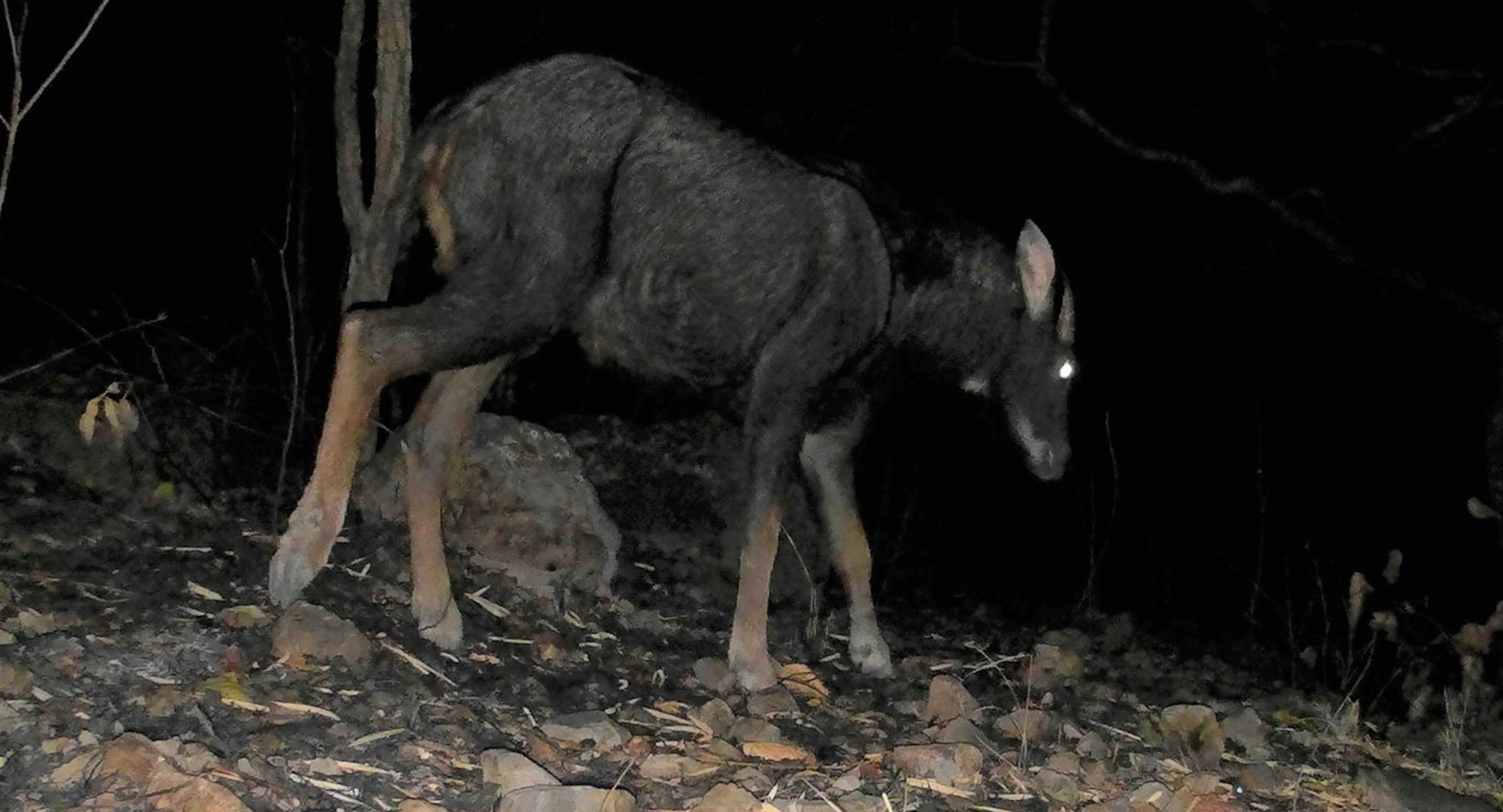
A mountain goat caught in a camera trap in the Long Song-Da Bac protective forest (Tuy Phong district, Binh Thuan province). Photo: Long Song-Da Bac protective forest management board.
The Serow has only five ecological records of the species; this is the first time this animal has been recorded in deciduous dipterocarp forests in Vietnam.
The presence of pangolins and peacocks is only recorded twice, highlighting the biodiversity value of Long Song-Da Bac protection forest.
Illegal wildlife hunting has led to a serious decline of the two species across Vietnam. In addition, camera traps have also recorded human activities, which are very common in the forest.
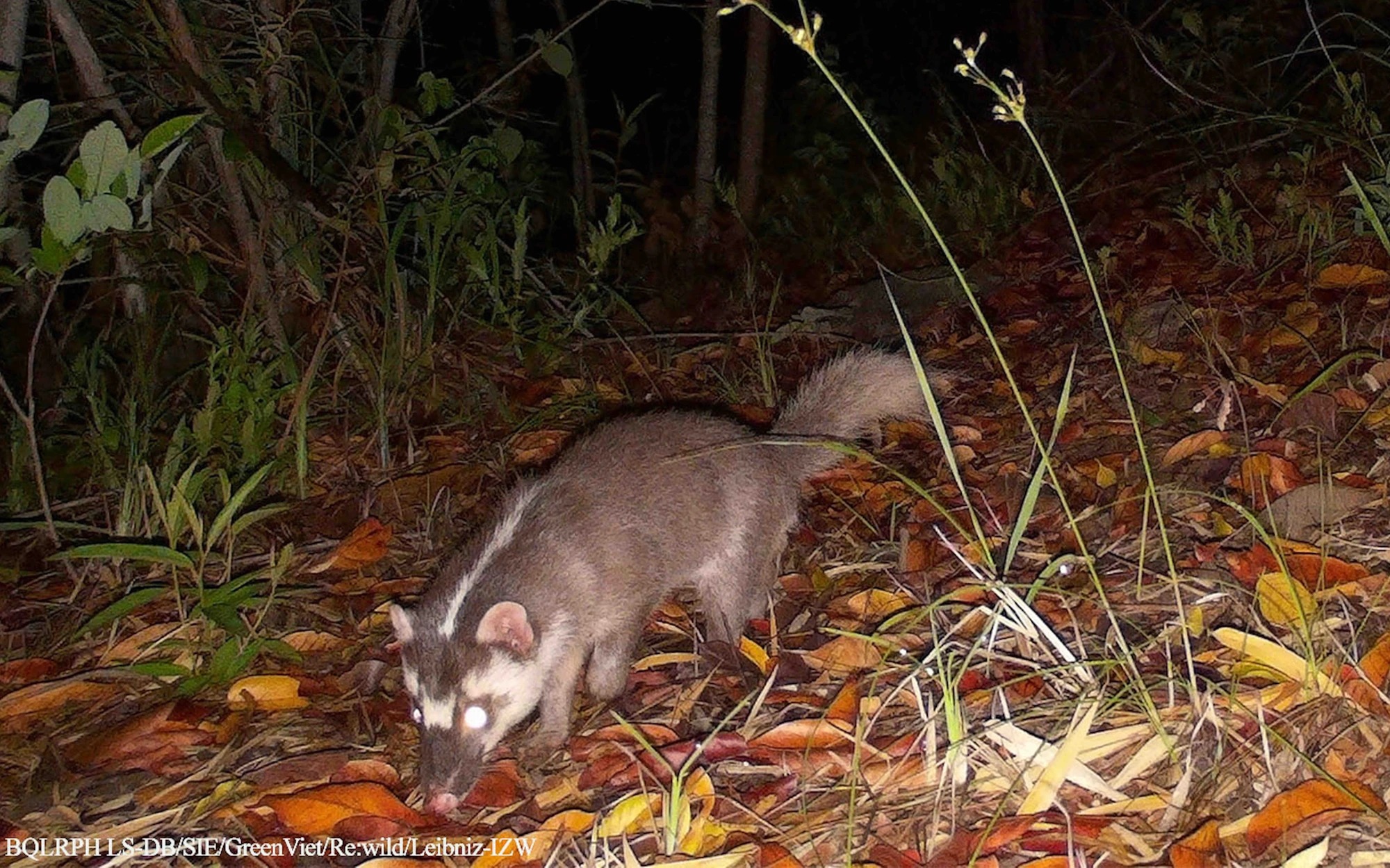
A silver-cheeked weasel was caught on a camera trap. Photo: Long Song-Da Bac Protective Forest Management Board
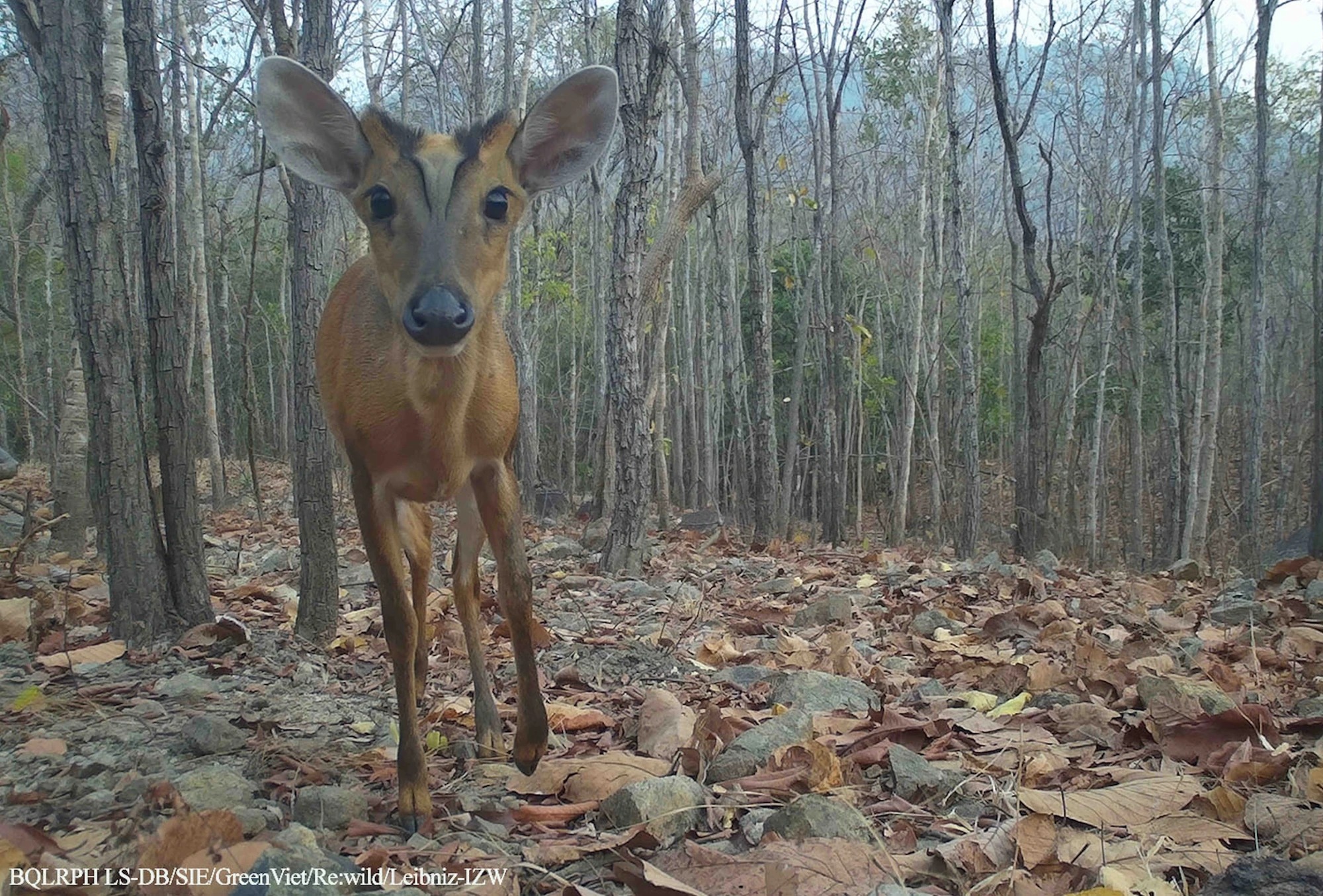
A red-rumped ibis in the Long Song-Da Bac protective forest (Tuy Phong district, Binh Thuan province). Photo: Long Song-Da Bac protective forest management board.
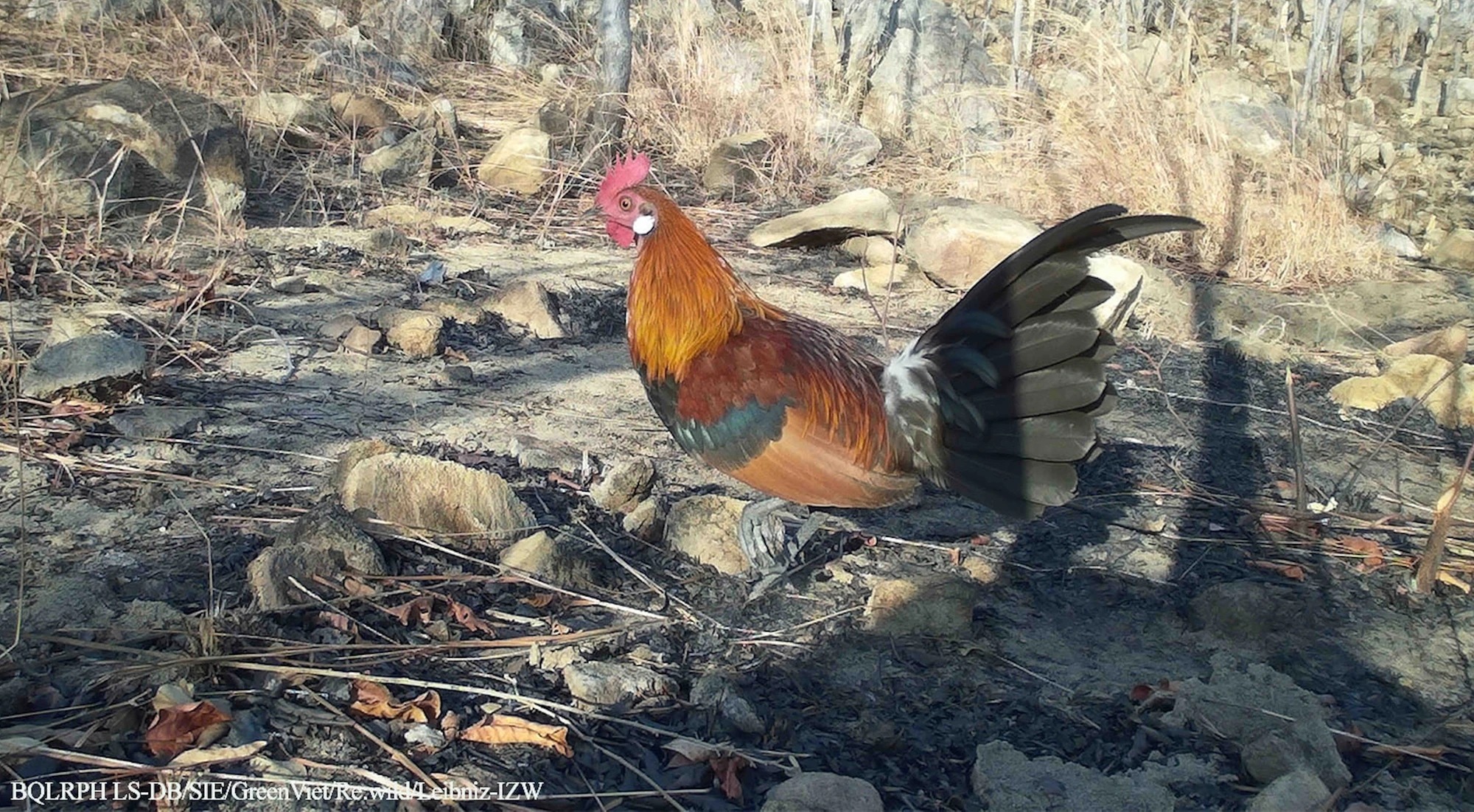
A jungle fowl (male jungle fowl) caught in a camera trap in the Long Song-Da Bac protective forest (Tuy Phong district, Binh Thuan province). Photo: Long Song-Da Bac protective forest management board.
The common forest possesses rich and unique biodiversity resources and has potential for ecotourism .
The species of most conservation value in Long Song-Da Bac protection forest in Tuy Phong district, Binh Thuan province are black-shanked douc langur, Java pangolin, peacock and serow.
Therefore, Binh Thuan province needs to strengthen forest patrol and protection activities and develop a periodic biodiversity monitoring plan to promptly assess and update the status and changes of biodiversity, providing information for conservation and sustainable development.
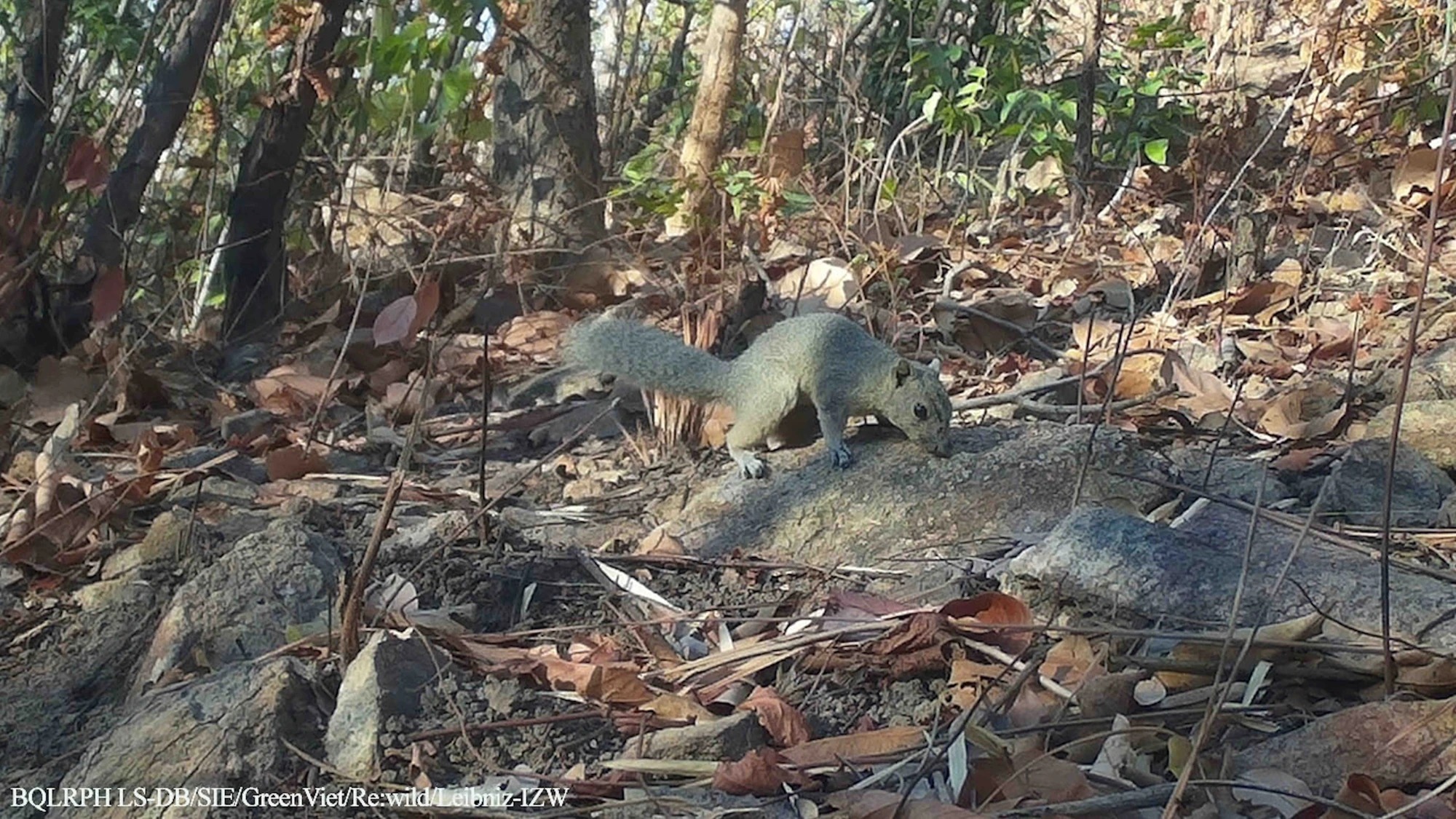
Red-bellied squirrel. Photo: Long Song-Da Bac protective forest management board, Tuy Phong district, Binh Thuan province.
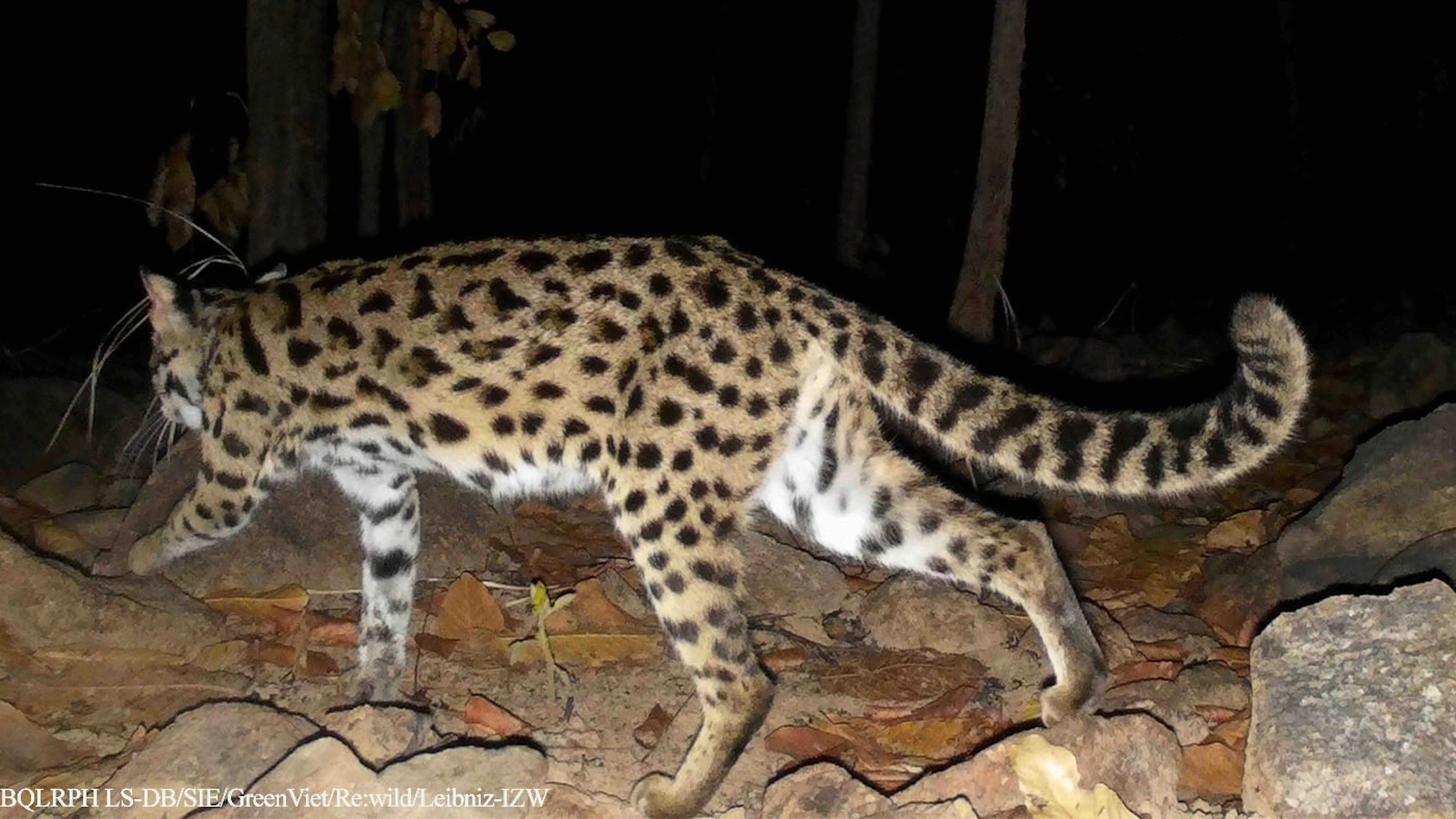
A wild animal caught on camera is a wild cat. Photo: Long Song-Da Bac Protective Forest Management Board, Tuy Phong District, Binh Thuan Province.
In addition, it is necessary to have more wildlife monitoring programs using camera traps in natural forest areas of Binh Thuan province to promptly monitor biodiversity changes, providing useful information for nature conservation and sustainable development.



![[Photo] Flooding on the right side of the gate, entrance to Hue Citadel](https://vphoto.vietnam.vn/thumb/1200x675/vietnam/resource/IMAGE/2025/10/28/1761660788143_ndo_br_gen-h-z7165069467254-74c71c36d0cb396744b678cec80552f0-2-jpg.webp)
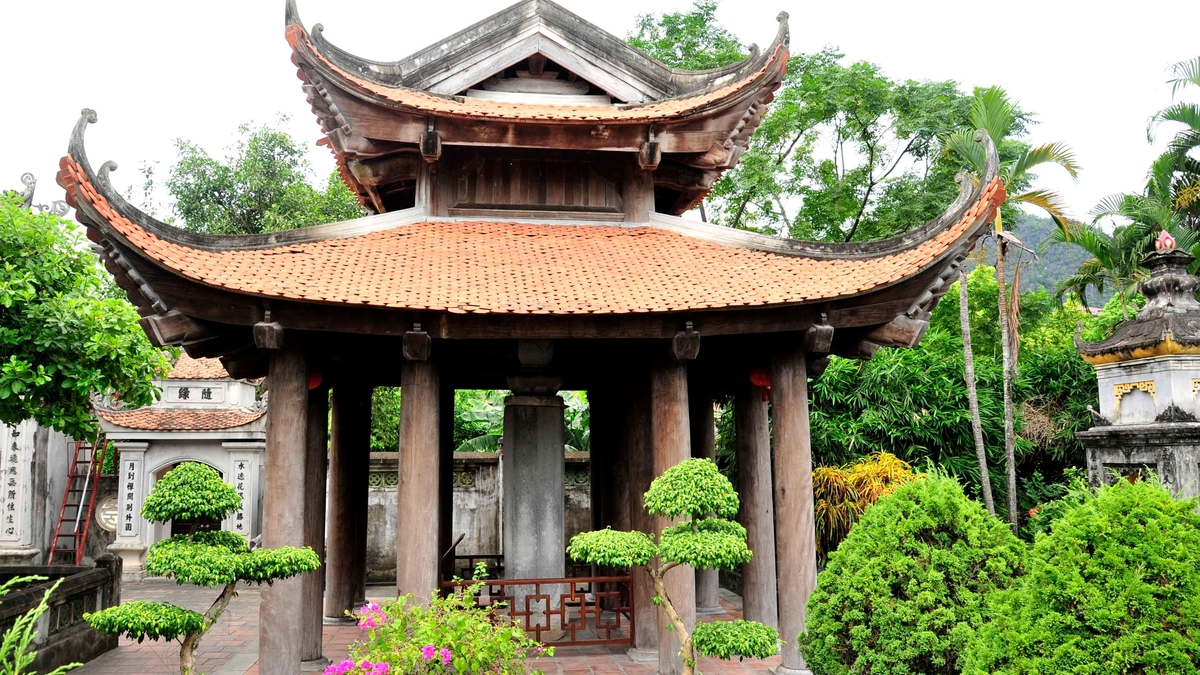
![[Photo] National Assembly Chairman Tran Thanh Man received a delegation of the Social Democratic Party of Germany](https://vphoto.vietnam.vn/thumb/1200x675/vietnam/resource/IMAGE/2025/10/28/1761652150406_ndo_br_cover-3345-jpg.webp)

![[Photo] Draft documents of the 14th Party Congress reach people at the Commune Cultural Post Offices](https://vphoto.vietnam.vn/thumb/1200x675/vietnam/resource/IMAGE/2025/10/28/1761642182616_du-thao-tai-tinh-hung-yen-4070-5235-jpg.webp)


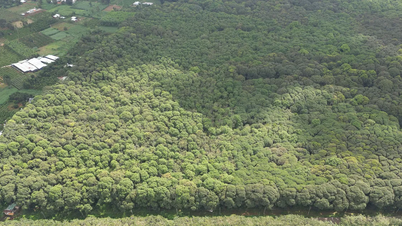
























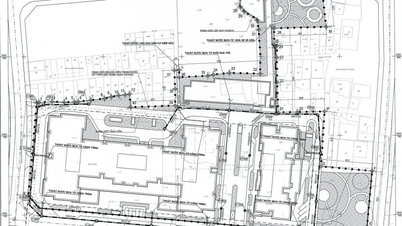
![[Photo] President Luong Cuong attends the 80th Anniversary of the Traditional Day of the Armed Forces of Military Region 3](https://vphoto.vietnam.vn/thumb/1200x675/vietnam/resource/IMAGE/2025/10/28/1761635584312_ndo_br_1-jpg.webp)



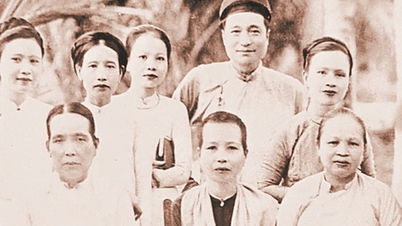





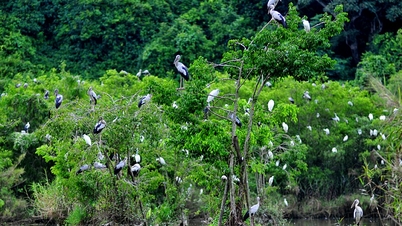




















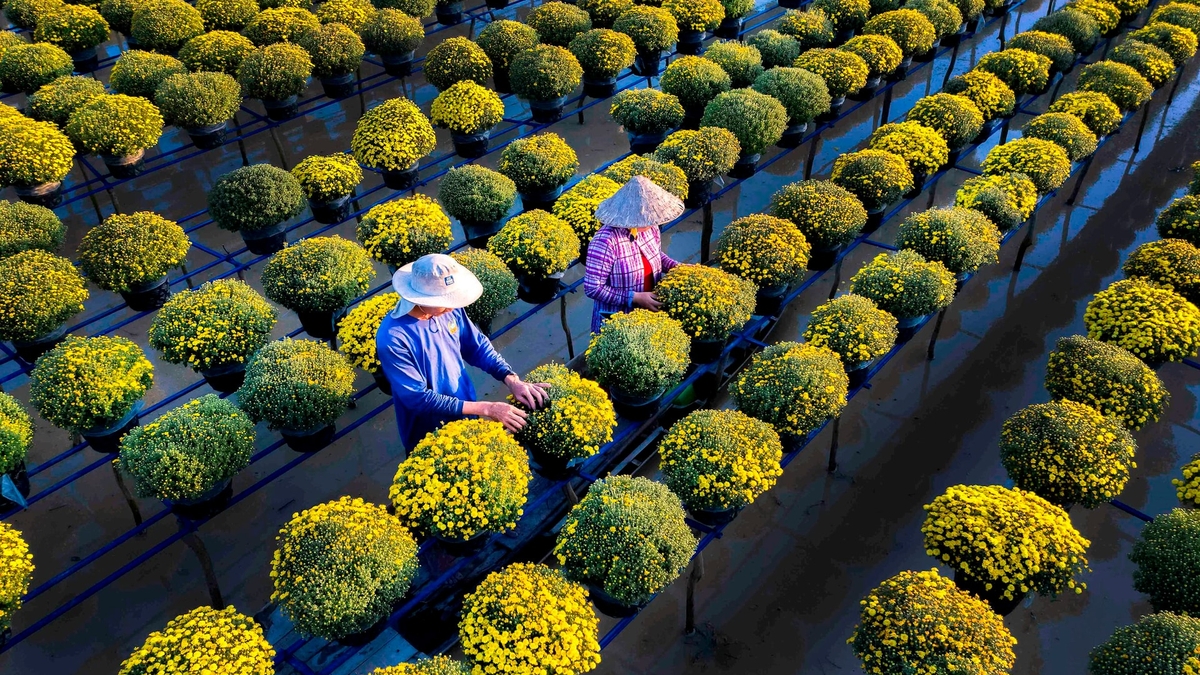









































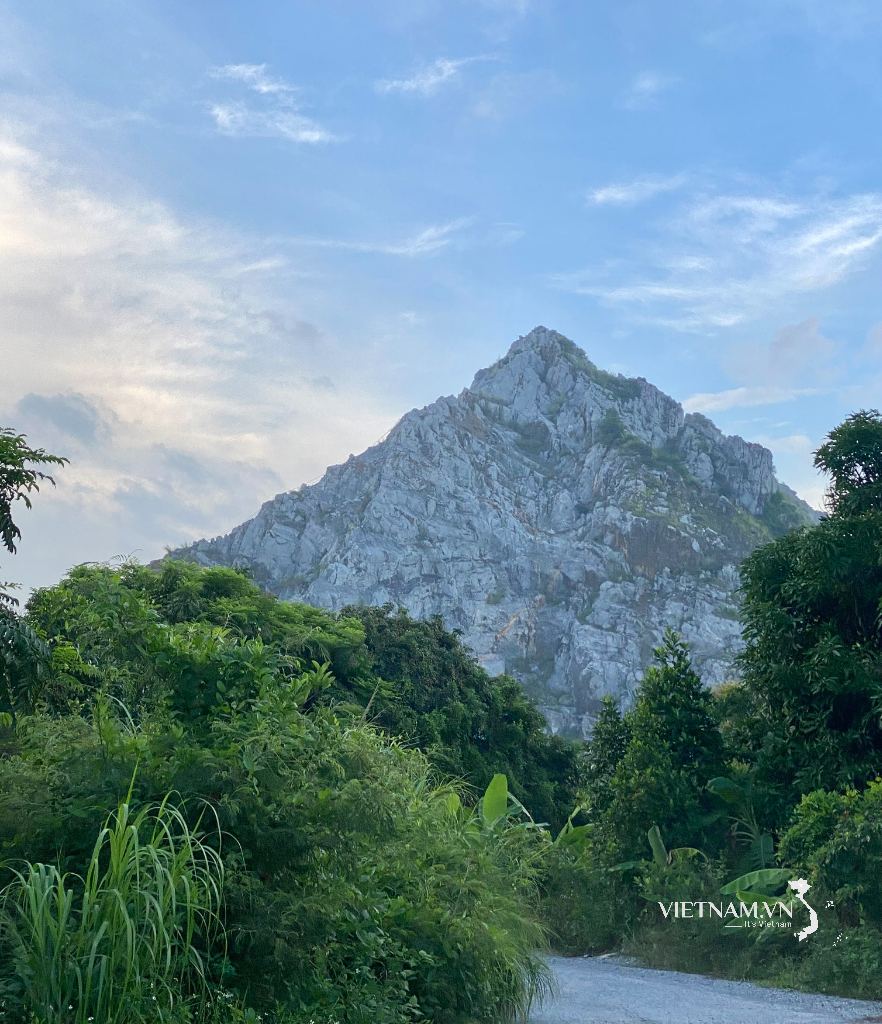



Comment (0)